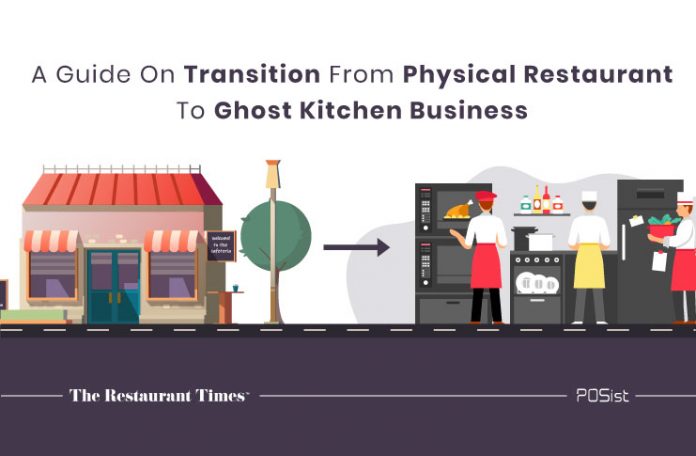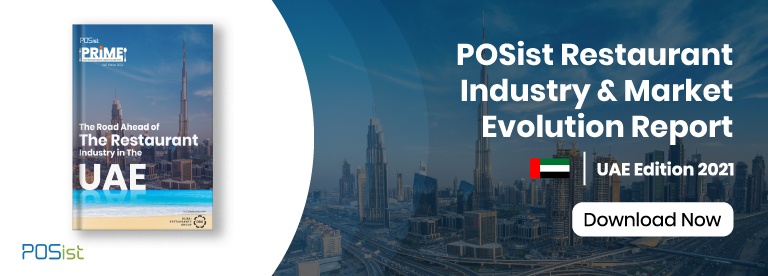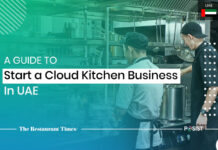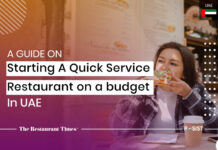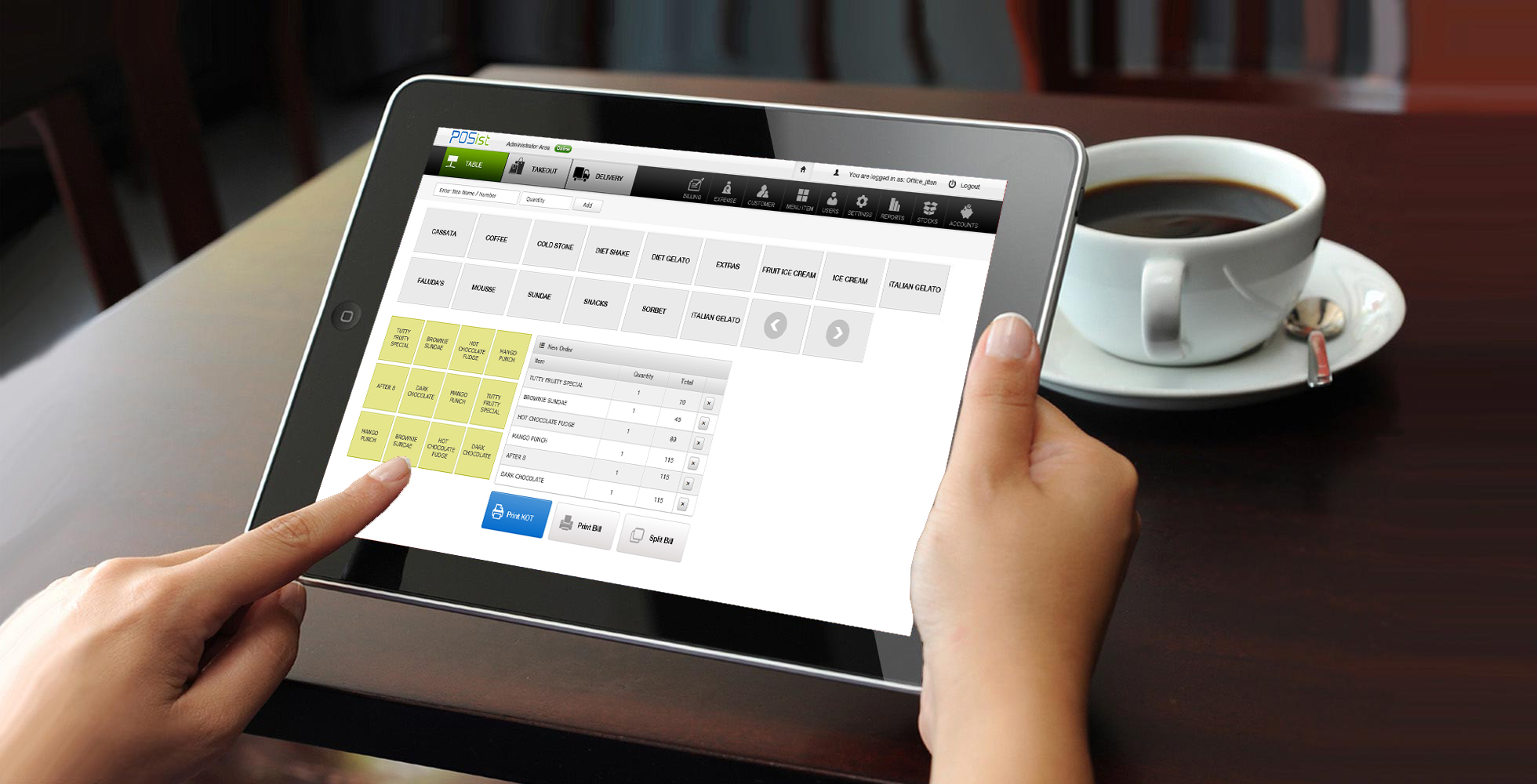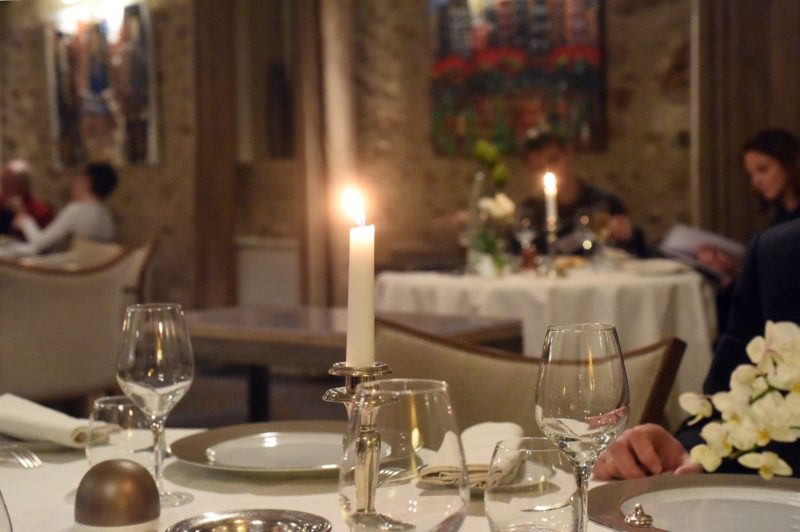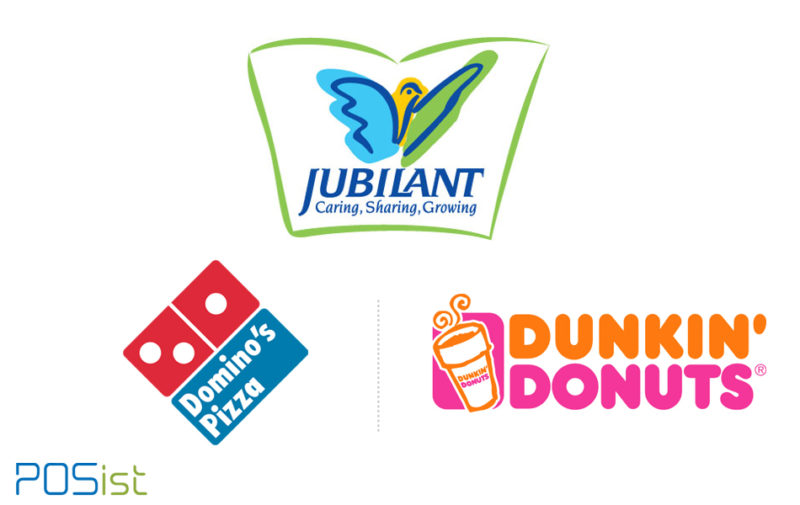Cloud kitchens have become increasingly popular in the UAE over the years. The market has grown in double digits since the start of the COVID-19 pandemic. Cloud kitchens have many advantages to offer over physical restaurants. With numerous restaurants shutting down, entrepreneurs are desperately shifting to a ghost kitchen business model. among entrepreneurs desperate to stay in business. According to the Posist Prime report UAE, 65% of the respondents said they were willing to invest in cloud kitchens or delivery-only outlets in 2021.
However, moving from a physical restaurant to a ghost kitchen business model is a big task. This article will guide you through the procedure to move from a physical restaurant to a ghost kitchen business model easily.
A Guide To Shift From Physical Restaurant To Ghost Kitchen Business Model
The rapid growth of the home delivery market is driving many F&B brands to convert to delivery-only outlets. If you are planning to transition your dine-in restaurant to delivery-only services, here’s how you can manage it successfully.
1. Get The Right Location, Space, And Equipment
The location should be decided strategically by considering many factors. Remember that you are shifting from a physical restaurant to a cloud kitchen model, meaning you need not attract customers to your location. Instead, you need to prioritize easy accessibility for suppliers and delivery boys. Therefore, instead of a high-traffic street, a location close to the target market where raw materials are readily available should be preferred. Also, there should be proper water facilities and sanitation.
While transitioning from a physical restaurant to a ghost kitchen business model, there are two basic options in terms of kitchen space:
- Rent the space from established brands like Kitchen Nation, and dedicate a whole separate kitchen to ghost kitchen operations.
- Leverage your existing physical restaurant and convert it into a shared kitchen.
One can use the existing kitchen equipment or buy new ones. Buying used kitchen apparatus is also an option. The only condition is that equipment should be of high quality and enable the staff to prepare multiple orders efficiently while maintaining quality.
2. Hire Staff
A business can only be successful if it has the right employees. Similarly, ghost kitchen professionals should ensure that they hire the right team to deliver the best results.
The first step is to hire a manager who can take care of operations and motivate the team. He should also be responsible for ensuring that the cloud kitchen is complying with all the safety norms. The next step is to hire a team that consists of cleaning staff, cooking staff, and delivery staff. The team should be able to deliver good results under pressure. You can either hire an entirely new team or train the existing staff to handle the responsibilities of running a ghost kitchen.
3. Develop Food Delivery Facilities
Ghost kitchens rely entirely on food delivery. Hence, it is vital to focus on delivery management while shifting to a cloud kitchen. A great way to do that is to integrate with third-party food delivery applications like Deliveroo, Talabat, or Ubereats. These applications provide delivery staff to the cloud kitchens and increase their visibility, thereby enhancing the customer base. But one has to take into account the high commission fees that these service providers demand, which can be as high as 30 percent of sales.
If a business owner decided to move to the ghost kitchen business model due to budget issues, then high commissions might be a problem. In that case, they can design their own delivery channels and hire their own delivery staff to cut down on the commission. However, choosing to operate from his old physical restaurant can be a cheaper alternative as these integrations or the delivery staff might already be in place.
4. Invest In Good Packaging
The packaging of a delivery-only outlet is a major branding opportunity for it. Since cloud kitchens have no direct interaction with their customers, the packaging conveys its brand values, quality, and standard. Thus, it is essential to pay attention to packaging.
Spilled, soggy, or spoiled food can negatively impact the customer experience, which can eventually lead to you losing that customer. So, ensure that your packaging is durable, maintains the temperature, and is attractive enough to make the customer feel happy and satisfied.
5. Market Your Ghost Kitchen Business Model
Since you are shifting from a physical restaurant to a cloud kitchen model, your brand image would need a makeover. Update your website, social media, ordering apps and menus, adding information on the new services you now offer. If you don’t already have a website, then you must create one.
Social media platforms like Facebook, Instagram, Twitter, etc., can contribute to the marketing of your brand. Other ways to market the ghost kitchen business model include conducting online polls, contests, lucky dips, and user-generated content.
6. Digitize Your Kitchen
Now that you are moving to the cloud kitchen model from a physical restaurant, you will not be operating a single brand, rather, you will have multiple brands to manage. Therefore, to carry out multi-brand operations efficiently, your kitchen needs to be digitized. This can be done by deploying good cloud kitchen software to integrate all operations.
There is a heavy influx of orders in a cloud kitchen due to multiple brands operating under the same roof. A good POS software can help in managing orders well, keeps track of them, and generates detailed reports. It can streamline the operations, check on inventory levels automatically, and even integrate seamlessly with third-party applications.
Furthermore, thefts are likely to occur in the hustle and bustle of too many brands. POS software can take care of theft by keeping a record of double orders, KOT voids, discounts and coupons applied, etc., through its anti-theft feature. Thus, good POS software is highly recommended when you shift from a physical restaurant to a cloud kitchen model.
The future of ghost kitchens is bright all over the world, especially in the UAE. The pandemic times have changed the scenario for the better for this segment. Follow this guide and shift from your physical restaurant to a ghost kitchen business model!


